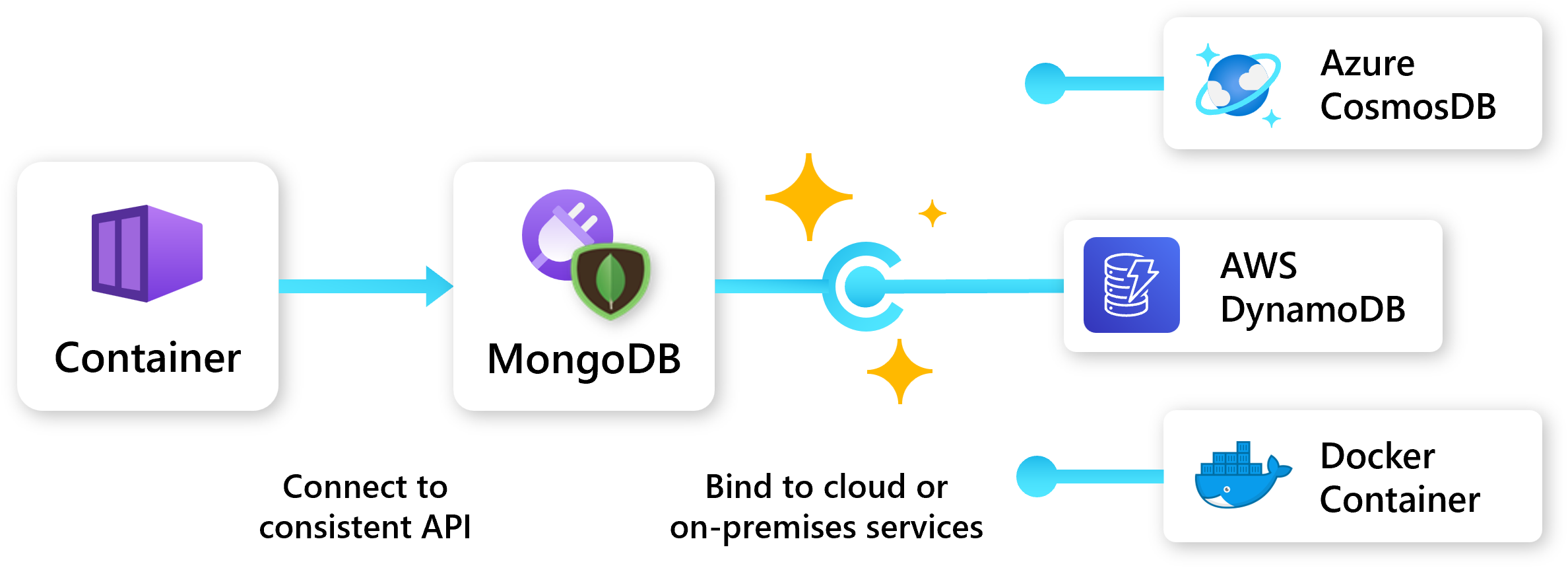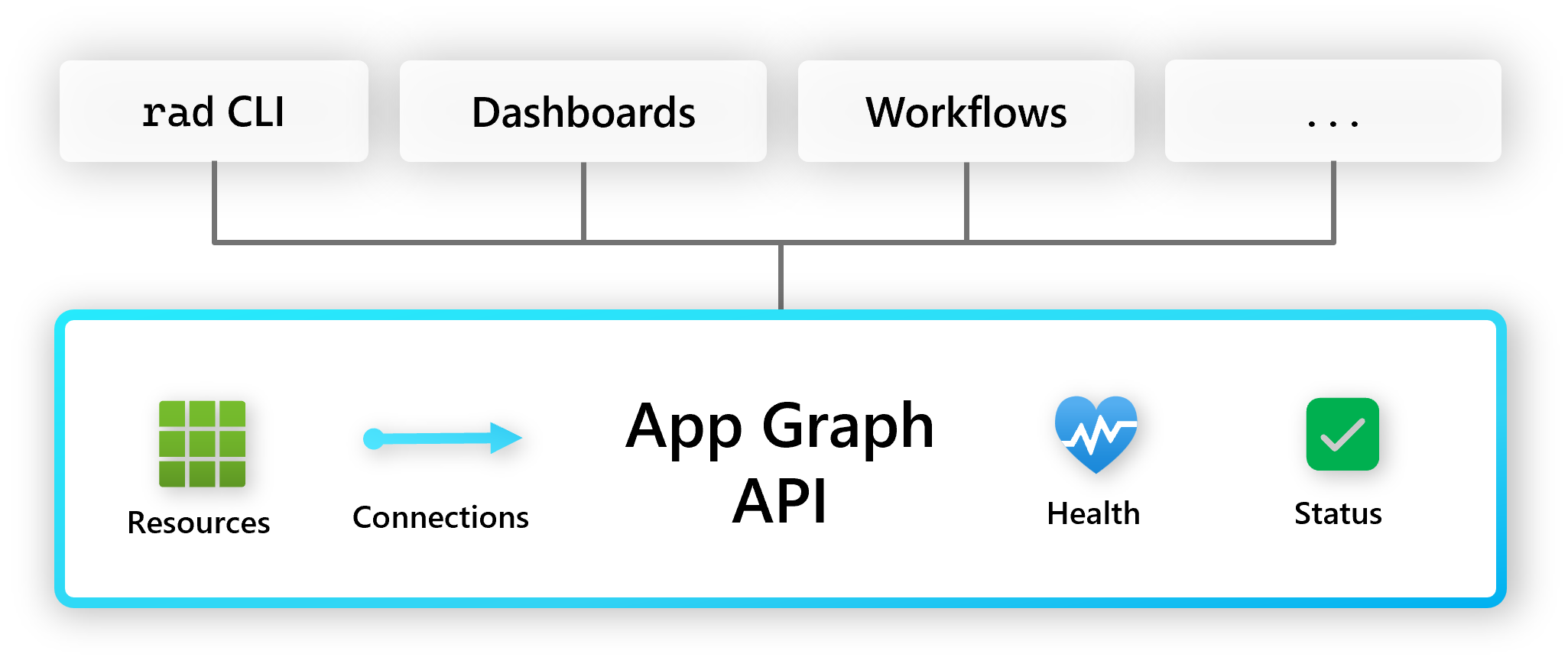Overview: Radius Applications
Categories:

A Radius Application is the primary resource that brings all your “stuff” together. This can include services, dependencies, and relationships. Radius apps give you a single description and view into your entire application, and allow you to deploy and manage it easily.
Add portability to your application
Radius Applications are designed to be cloud and platform agnostic. This means that you can define your application once, and deploy it to any cloud or platform that Radius supports. This allows you to easily move your application between clouds, or even between cloud and on-premises environments. Developers can define their requirements and dependencies (Redis, SQL, Dapr, etc.) and operators can define the environments and Recipes that bind those requirements to the appropriate cloud resources.

Learn more about portable resources in the portable resources docs and Dapr docs
Customize your application with extensions
Extensions allow you to customize how resources are generated or customized as part of deployment.
Kubernetes Namespace extension
The Kubernetes namespace extension allows you to customize how all of the resources within your application generate Kubernetes resources. See the Kubernetes mapping guide for more information on namespace mapping behavior
Kubernetes Metadata extension
The Kubernetes Metadata extension enables you set and cascade Kubernetes metadata such as labels and Annotations on all the Kubernetes resources defined with in your Radius Application.
Query and understand your application with the Radius Application Graph
Radius Applications are more than just client-side configuration and automation, they also provide a server-side graph of your application. This graph can be queried and used to understand your application, and can be used to power other Radius features and custom tooling. Refer to the API concept docs and Postman How-To guide for more information on how to query the application graph.

Resource schema
Refer to the application schema docs for more information on how to define an application.
📄 Application schemaFeedback
Was this page helpful?
Glad to hear it! Please feel free to star our repo and join our Discord server to stay up to date with the project.
Sorry to hear that. If you would like to also contribute a suggestion visit and tell us how we can improve.